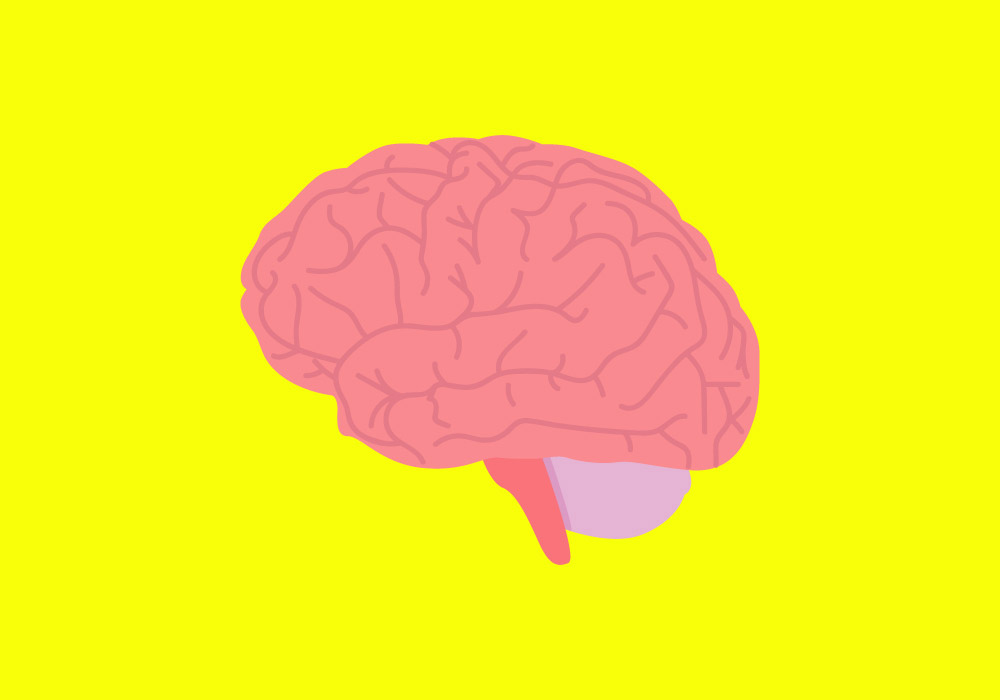
Zócalo Public Square is a magazine of ideas from Arizona State University Knowledge Enterprise.
Market booms and busts, like the one we are seeing now in China, are not new, as history tells us. Holland’s tulip mania in the 1630s, the South Sea Bubble a century later, and the financial turmoil that gripped the nascent United States in the are topped in their drama only by the freewheeling flapper years that ended in the crash of ’29 and the Great Depression.
So why do we find learning from history so difficult?
As a neuroscientist interested in the behavior of capital markets, I believe insights into the persistent cycles of boom and bust are to be found in how the brain balances risk against reward and how our current financial preoccupation with short-term profit has “retuned” that process, distorting the choices we make.
In the brain, as in the marketplace, the evaluation of risk is the foundation of prudent choice. Evolved over millions of years, the human brain is a hybrid. There is an ancient, pre-conscious core – developed in the interest of survival when life was nasty, brutish, and short—that makes us instinctively selfish creatures. The more recently developed frontal cortex, which sits above the eye sockets and is sometimes called the “executive” brain, blends this emotional striving with kaleidoscopic streams of stimuli that monitor immediate experience. In complement, a conscious, deliberative “thinking” cycle, drawing heavily on memory and predominantly concerned with behavioral control and avoidance of harm, runs through the lateral, outer region of the frontal cortex. It is in the crosstalk of these parallel cycles of perception and action – seeking balance between the fear of pain or loss and the expectation of pleasure or profit – that choices are made.
Over the last three decades the enticements of affluence, hand-in-glove with reduced financial regulation, have distorted this crosstalk and lured the ancient emotional self into the bullish pursuit of profit, disrupting the brain’s “internal market.”
Risk assessment in the brain is a process not dissimilar to the barter that sets prices in real-world markets, balancing future reward against potential hazard. However, in the consumer society, which now represents some 70 percent of America’s economic activity and which promotes the joys of easy credit, the temptations of immediate gratification can rapidly overshadow the brain’s reasoned assessment of downside risk.
The ancient emotional brain has a hard time evaluating long-term costs, especially when easily available financing offers a false sense of security. In neurobehavioral terms, easy credit builds dangerous intuitive habits that can hijack the brain’s perception-action cycle: The more we enjoy a painless, immediate reward, the more we want to repeat it. In consequence, reason—to paraphrase David Hume—becomes enslaved to passion. We learn to be thoughtless.
In rational moments, most of us agree that mortgaging the future to excessive debt is not prudent behavior. In the run up to the 2008 fiscal crisis, however, homeowners, investors, the banks, and the government were essentially complicit in doing just that. Aided and abetted by the enticements of short-term profit, we had shifted in our thinking from credit as the healthy driver of economic growth to the steady accumulation of debt as basic to the economics of everyday life.
In this world of short-term self-interest where risk is a secondary concern, it is perhaps not surprising that China allowed its debt to quadruple prior to the recent meltdown. But for all the wagging of tongues about the Chinese debacle, and our wringing of hands about the U.S. stock market’s gyrations in its wake, the evidence is that we have become addicted to debt. A 2015 McKinsey report estimates that global debt has grown by $57 trillion since 2008. That’s a 17 percent rise and a yearly increase of 5.3 percent, not far from the annual growth rate of 7.3 percent that marked the “boom” years before the Great Recession.
For many, this ongoing saga calls into question the integrity of our financial and government institutions. But it is a fool’s chase to expect governments to set boundaries that we increasingly avoid setting for ourselves. To learn from our mistakes we must accept ourselves for who we are. In truth, the ancient brain that serves us each day – evolved in scarcity, focused on the short term and habit driven – is poorly matched to the frenzied affluence of contemporary culture.
If we are to change the future, we must first each take the responsibility for changing ourselves. We must become mindful of the longer-term consequences of our actions, and we must ask: Is the debt- driven short-term market model, with its power to foster greed and erode the social contract, an adaptive strategy for the 21st century?
Peter Whybrow is director of the Semel Institute for Neuroscience and Human Behavior at UCLA and the author, most recently, of The Well-Tuned Brain: Neuroscience and the Life Well Lived
More Must-Reads From TIME
- Dua Lipa Manifested All of This
- Exclusive: Google Workers Revolt Over $1.2 Billion Contract With Israel
- Stop Looking for Your Forever Home
- The Sympathizer Counters 50 Years of Hollywood Vietnam War Narratives
- The Bliss of Seeing the Eclipse From Cleveland
- Hormonal Birth Control Doesn’t Deserve Its Bad Reputation
- The Best TV Shows to Watch on Peacock
- Want Weekly Recs on What to Watch, Read, and More? Sign Up for Worth Your Time
Contact us at letters@time.com